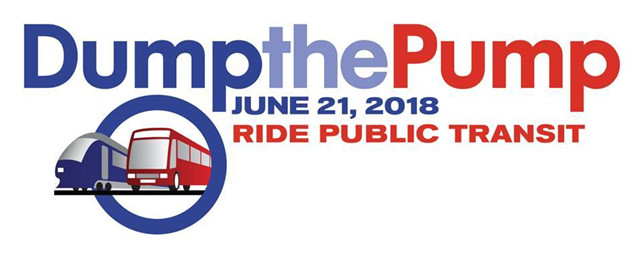
From urban to suburban to rural
communities, public transportation is a vital resource to Americans, and a
cornerstone of our nation’s economy and local economies. In fact, public
transportation helps to make a community economically
competitive. Additionally, public transportation provides
economic opportunities since 87 percent of public transit trips
directly impact the economy.
Many people park their cars and take public transportation instead. According to APTA’s
March Transit Saving Report, a two-person household can save, on the average, $9,207 a year by downsizing to one car in Atlanta.
Public transportation use reduces our nation’s dependence on foreign oil by 4.2 billion gallons of gasoline a year and it also saves 37 million metric tons of carbon emissions annually.
Quick Facts
- People board public transportation 34 million times each weekday.
- Since 1995, public transit ridership is up 30 percent, outpacing population growth, which is up 22 percent, and vehicle miles traveled (VTM), which is up 32 percent.
- Public transportation is a $68 billion industry that employs nearly 420,000 people and supports millions of private section jobs.
- More than 6,800 organizations provide public transportation in the United States.
Public Transportation Enhances Personal
Opportunities
- Public transportation provides personal mobility and freedom for people from every walk of life.
- Access to public transportation gives people transportation options to get to work, go to school, visit friends, or travel to a doctor’s office.
- Public transportation provides access to job opportunities for millions of Americans.
Public Transportation Provides Economic
Opportunities & Drives Community Growth and Revitalization
- Public transportation offers individuals access to jobs.
- 87% of public transit trips directly impact the economy by connecting people to jobs or retail and entertainment venues.
- Every $1 invested in public transportation generates approximately $4 in economic returns.
- Every $1 billion invested in public transportation supports and creates more than 50,000 jobs.
- Every $10 million in capital investment in public transportation yields $32 million in increased business sales.
- Residential property values performed 42 percent better on average if they were located near public transportation with high-frequency service.
Public Transportation Saves Money
- Public transportation provides an affordable, and for many, necessary, alternative to driving.
- According to APTA's most recent Transit Savings Report, a two-person household can save, on the average, more than $9,894 a year by downsizing to one car.
Public Transportation Reduces Gasoline
Consumption
- Public transportation’s overall effects save the United States 4.2 billion gallons of gasoline annually.
- Households near public transit drive an average of 4,400 fewer miles than households with no access to public transit. This equates to an individual household reduction of 223 gallons per year.
Public Transportation Reduces Carbon
Footprint
- Public transportation use in the United States reduces our nation’s carbon emissions by 37 million metric tons annually. This is equivalent to Washington, DC; New York City; Atlanta; Denver; and Los Angeles combined stopping using electricity.
- One person with a 20-mile round trip commute who switches from driving to public transit can reduce his or her daily carbon emissions by 20 pounds, or more than 4,800 pounds in a year.
- A single commuter switching his or her commute to public transportation can reduce a household’s carbon emissions by 10 percent and up to 30 percent if he or she eliminates a second car.